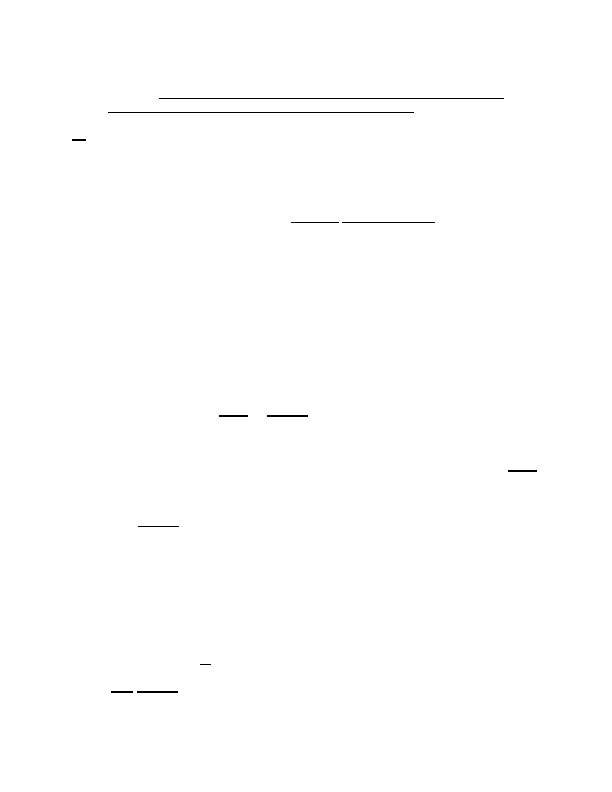
with a digital computer, which means that if the judgment below is
affirmed, the patent would wholly pre-empt the mathematical formula and
in practical effect would be a patent on the algorithm itself.
Id. at 71-72 (emphasis added). Because the algorithm had no uses other than those
that would be covered by the claims (i.e., any conversion of BCD to pure binary on a
digital computer), the claims pre-empted all uses of the algorithm and thus they were
effectively drawn to the algorithm itself. See also O'Reilly v. Morse, 56 U.S. (15 How.)
62, 113 (1853) (holding ineligible a claim pre-empting all uses of electromagnetism to
print characters at a distance).
The question before us then is whether Applicants' claim recites a fundamental
principle and, if so, whether it would pre-empt substantially all uses of that fundamental
principle if allowed. Unfortunately, this inquiry is hardly straightforward. How does one
determine whether a given claim would pre-empt all uses of a fundamental principle?
Analogizing to the facts of Diehr or Benson is of limited usefulness because the more
challenging process claims of the twenty-first century are seldom so clearly limited in
scope as the highly specific, plainly corporeal industrial manufacturing process of Diehr;
nor are they typically as broadly claimed or purely abstract and mathematical as the
algorithm of Benson.
The Supreme Court, however, has enunciated a definitive test to determine
whether a process claim is tailored narrowly enough to encompass only a particular
application of a fundamental principle rather than to pre-empt the principle itself. A
claimed process is surely patent-eligible under § 101 if: (1) it is tied to a particular
machine or apparatus, or (2) it transforms a particular article into a different state or
thing. See Benson, 409 U.S. at 70 ("Transformation and reduction of an article 'to a
2007-1130 10

